When you think about serious weightlifting and pumping iron, you probably envision the classic deadlift, the weighted squat, or the bench press. These exercises are the “Big Three” because they’re the foundation of powerlifting competitions used to demonstrate impressive muscular power. The “Big Three” are compound lifts that engage multiple muscle groups and joints at the same time, making them popular for those who want to optimize limited gym time.
Many of us want to achieve certain fitness goals, such as increasing squat strength or the weight we can bench press. Compound exercises can help us develop full-body strength and muscle mass, and there are plenty of movements to choose from, including some of my favorites like the dumbbell row and the seated cable row. Read on for your ultimate guide to compound lifts, including how to do them properly, the benefits, FAQs, and safety tips.
What are compound exercises?
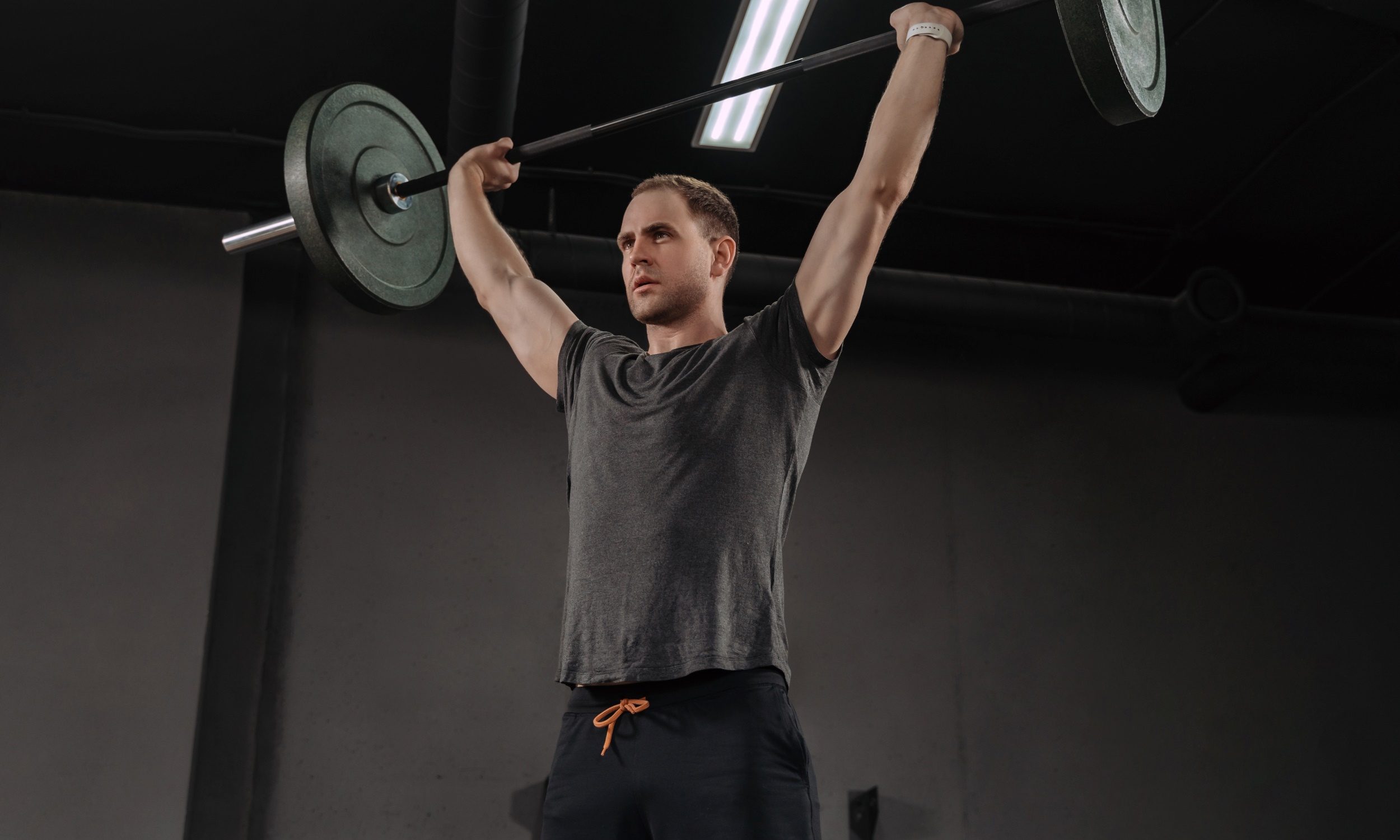
Compound exercises or lifts target multiple muscle groups and joints simultaneously, so many people include them in a workout routine because they can hit a larger area of the body at one time. When you’re performing a compound movement like a squat, you’re flexing, extending, or rotating more than one joint in unison, typically two or three.
For example, a squat works your hip joints, your knees, and your ankles. You’ll light up several muscles in your lower body, such as your:
- Quadriceps
- Hamstrings
- Calves
- Glutes
- Core
- Muscles in your lower back
A bench press works the muscles and joints in your shoulders and elbows, such as your deltoid shoulder muscles.
What’s the difference between a compound exercise and an isolation exercise?
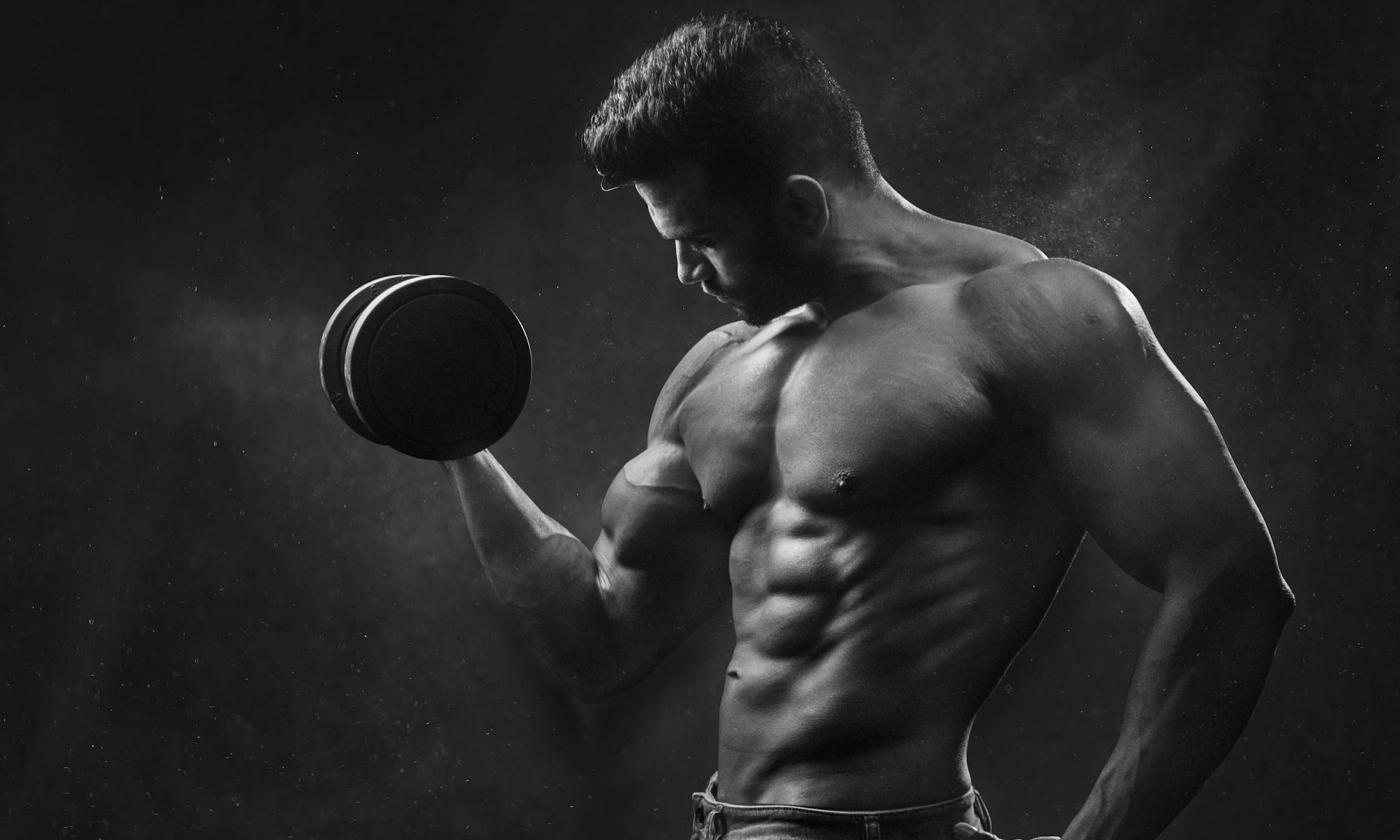
While a compound exercise simultaneously targets multiple muscle and joint groups, as the name suggests, an isolation exercise focuses on one specific muscle or muscle group and one joint.
Most people include a mix of both isolation and compound exercises in a well-rounded workout routine. Some workouts use only or mostly isolation moves or vice versa. For example, high-intensity interval training usually involves all or mostly compound movements for a full-body workout, whereas bodybuilders aiming to sculpt and define a particular area might use more isolation exercises. Isolation movements are often used in physical therapy to help rehabilitate and improve strength and flexibility in certain muscles following injury or surgery.
What are the best compound exercises?
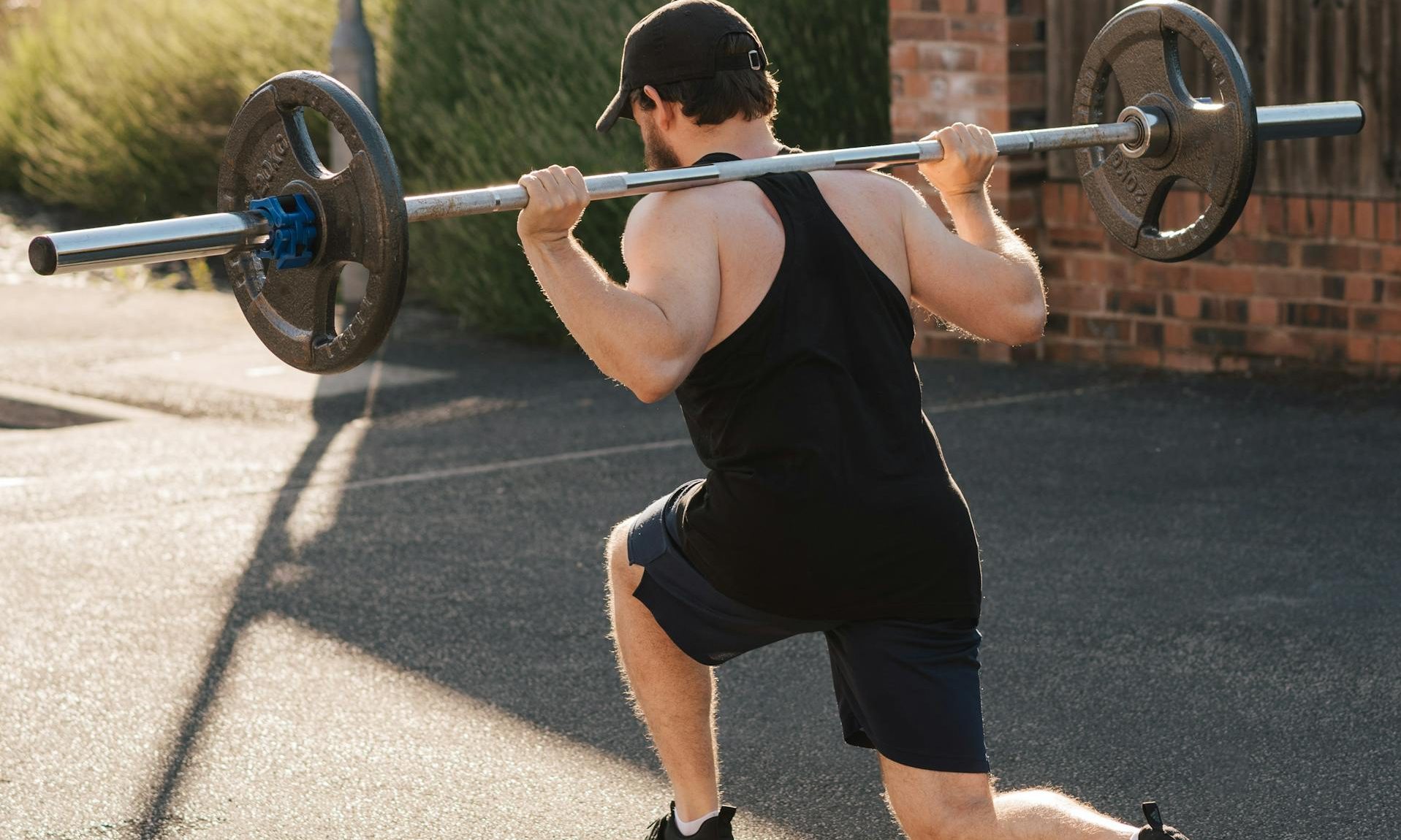
Here are 10 killer compound lifts. Some moves require minimal equipment, such as the bench dip, which only requires a bench or chair, or the pull-up, where all you need is a pull-up bar. If you’re new to some movements, start moves like squats and lunges without any weight until you’ve mastered your technique.
Barbell back squat
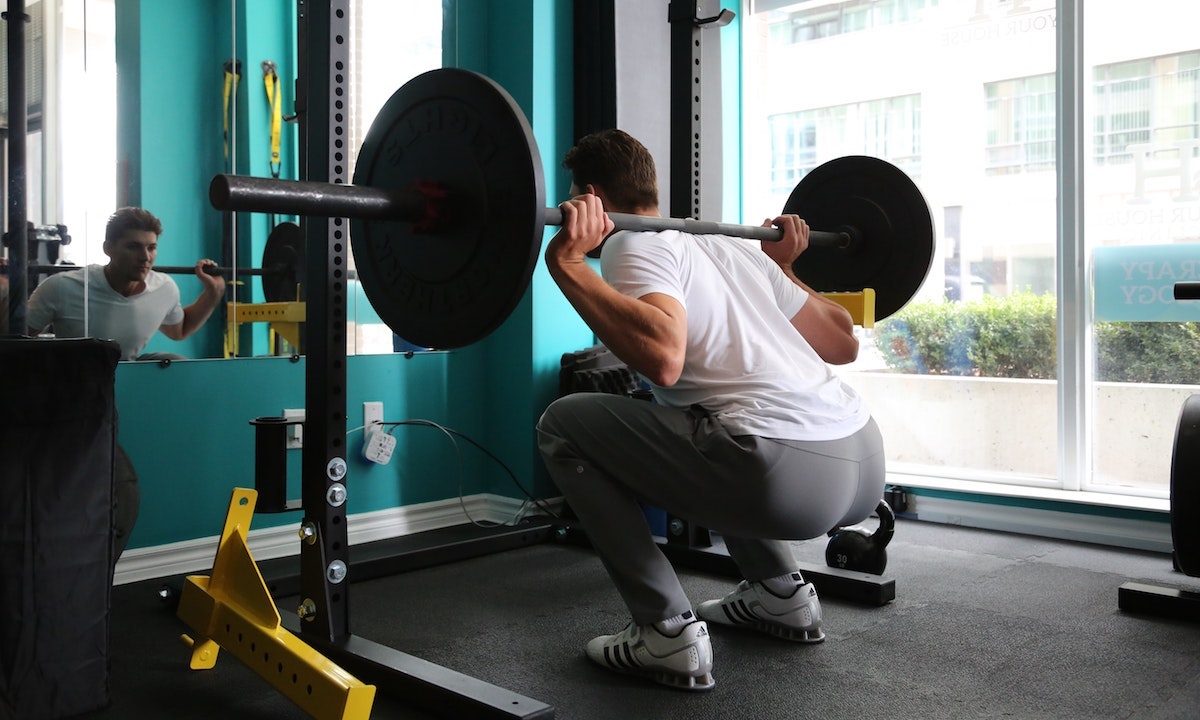
You can choose from several effective squat exercises, and incorporate progressive overload where you gradually increase your weights and sets or reps over time as you get stronger. Start with a lighter weight and perfect your technique first. Back squats enhance your core stability and stimulate the release of anabolic hormones like testosterone.
You’ll torch your quads, hamstrings, glutes, core, calves, spinal erectors, traps, and more, so get ready to squat.
How to do a barbell back squat:
- Set up the barbell on your upper traps, and make sure it isn’t resting on your neck. Your toes should be slightly angled out with your feet about shoulder-distance apart.
- Engage your core and carefully bring your hips back to lower yourself down into the squat position as if you’re sitting on an invisible chair.
- Squat down until your thighs are about parallel to the floor. You can go deeper if you’d like, as long as you maintain proper form to perform the movement safely. Try to make sure your knees track over your toes.
- Push through your heels to bring yourself back up to the starting position.
- Repeat until the set is complete.
The Romanian deadlift
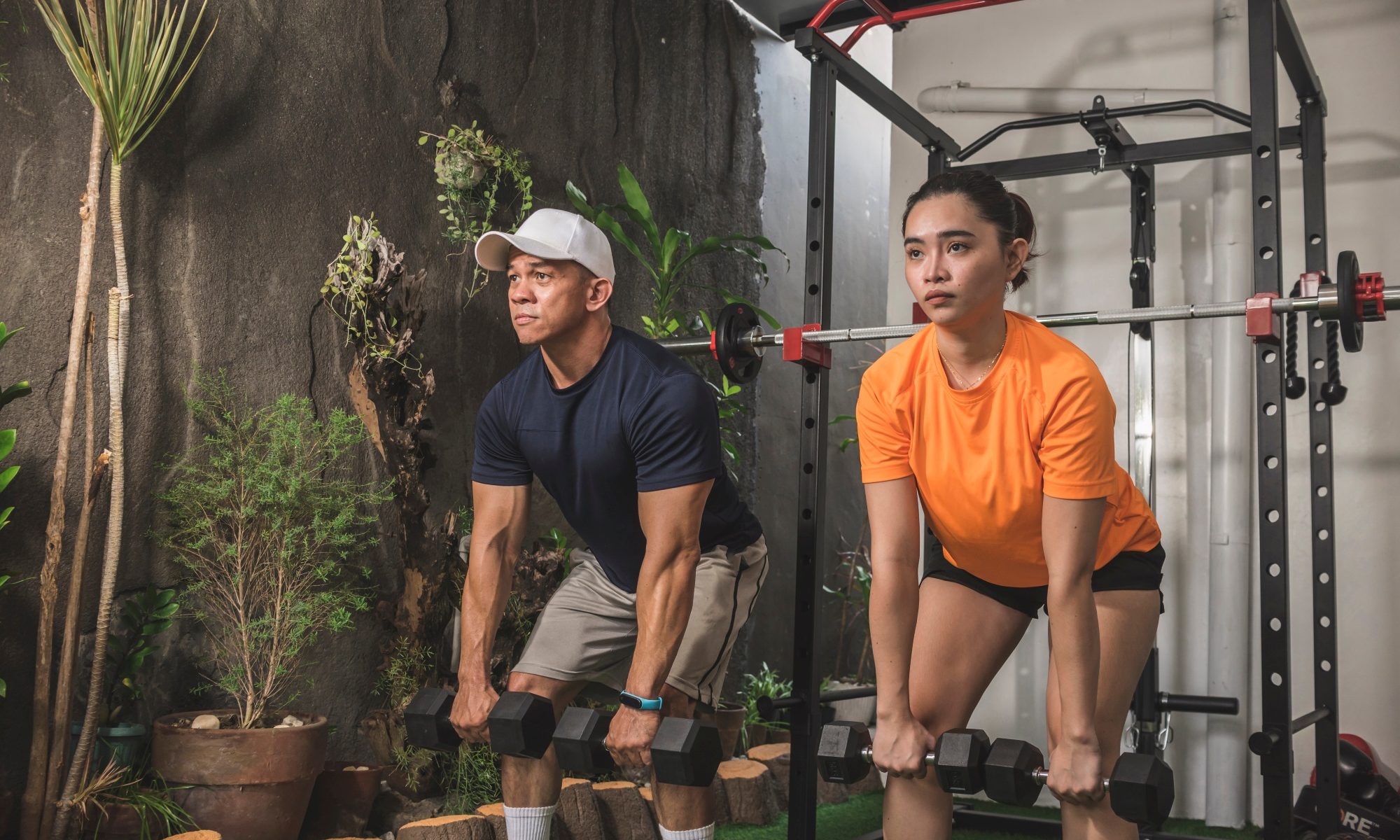
The dumbbell Romanian deadlift is a deadlift variation that better emphasizes your glutes and hamstrings compared to the traditional deadlift. It’s similar because it still torches the same muscle groups, but you’ll get a little more activation in those glutes and hammys, which was key for me as I had weak hamstrings on one side.
How to do the dumbbell Romanian deadlift:
- Start in a standing position with your feet about hip-width apart and your toes pointing straight ahead. Hold the dumbbells down in front of your thighs with a closed overhand grip. Your palms should be facing your thighs.
- Hinge at your hips, engage your core, and push your hips back.
- With a slight bend in your knees, start lowering the dumbbells down along your legs with control. Keep the dumbbells close to your body.
- Lower the dumbbells down until you feel a sufficient stretch in your hamstrings on the back of your thighs.
- Bring your hips forward and bring the dumbbells back up to return to the starting position.
- Repeat until you complete the set.
Bench press
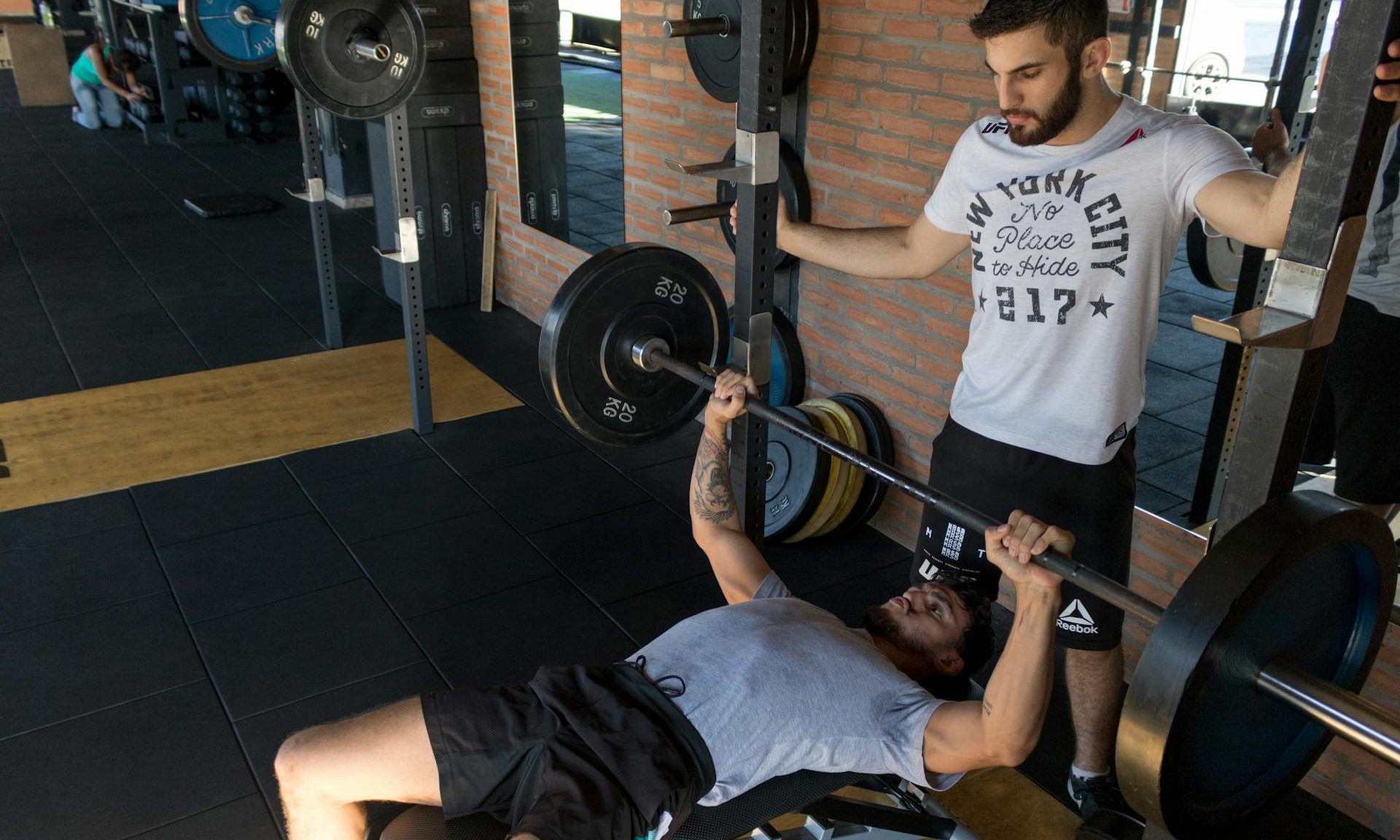
In most gyms around the world, you’ll see people doing the bench press, where you lie on your back on a flat bench and press the weight up. This powerlifting exercise packs a punch, sculpts your upper body and chest, and works your shoulders and arms.
How to do a bench press:
- Lie on your back on the flat bench and grip the barbell with your hands a little wider than shoulder-width. You should hold the bar directly over your shoulders in the starting position.
- Try to make sure your feet are planted on the ground, and your hips are flat on the bench throughout.
- Engage your core.
- If you’re using a rack, slowly lift the bar off the rack and lower it down to your chest until your elbows are bent out to the side, around 45 degrees from your body.
- When your elbows reach just below the bench, you’ve reached the bottom of the movement.
- Press your feet into the ground and push the bar back up to the starting position.
- Repeat until you complete the set.
Pull-up
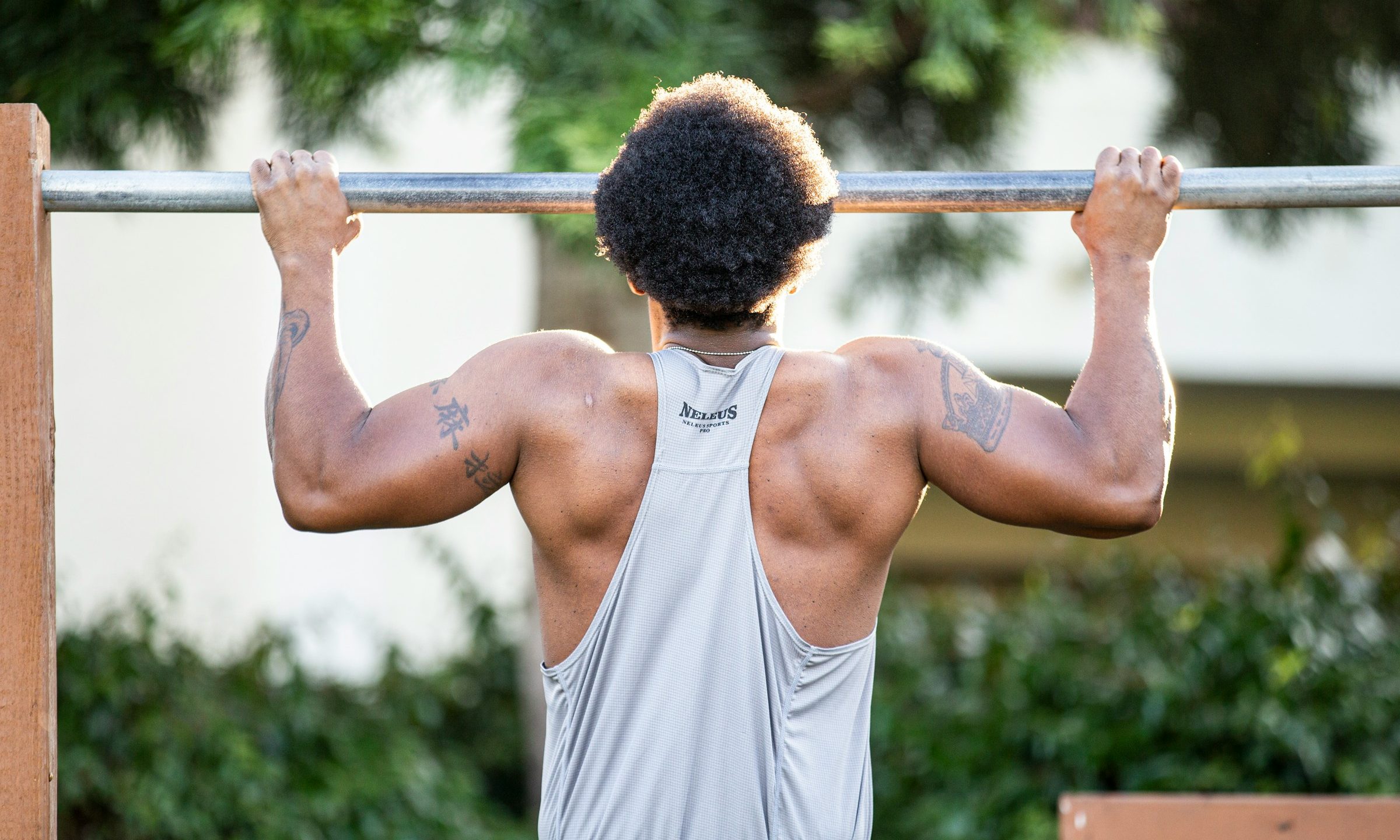
Pull-ups are a popular favorite because they’re challenging, require minimal equipment, and they’re a superior move for improving your grip strength. There are several variations, and a wide-grip pull-up is highly effective for emphasizing your large lat muscles in your back. You’ll also engage your biceps, traps, rhomboids, forearms, and core muscles.
How to do wide-grip pull-ups:
- Grip the pull-up bar with your hands slightly wider than shoulder-distance apart.
- Pull your entire body up to the bar until your chin is level with or just over the bar.
- Lower yourself back down with control until you reach the starting position.
- Repeat until you complete the set.
Military press
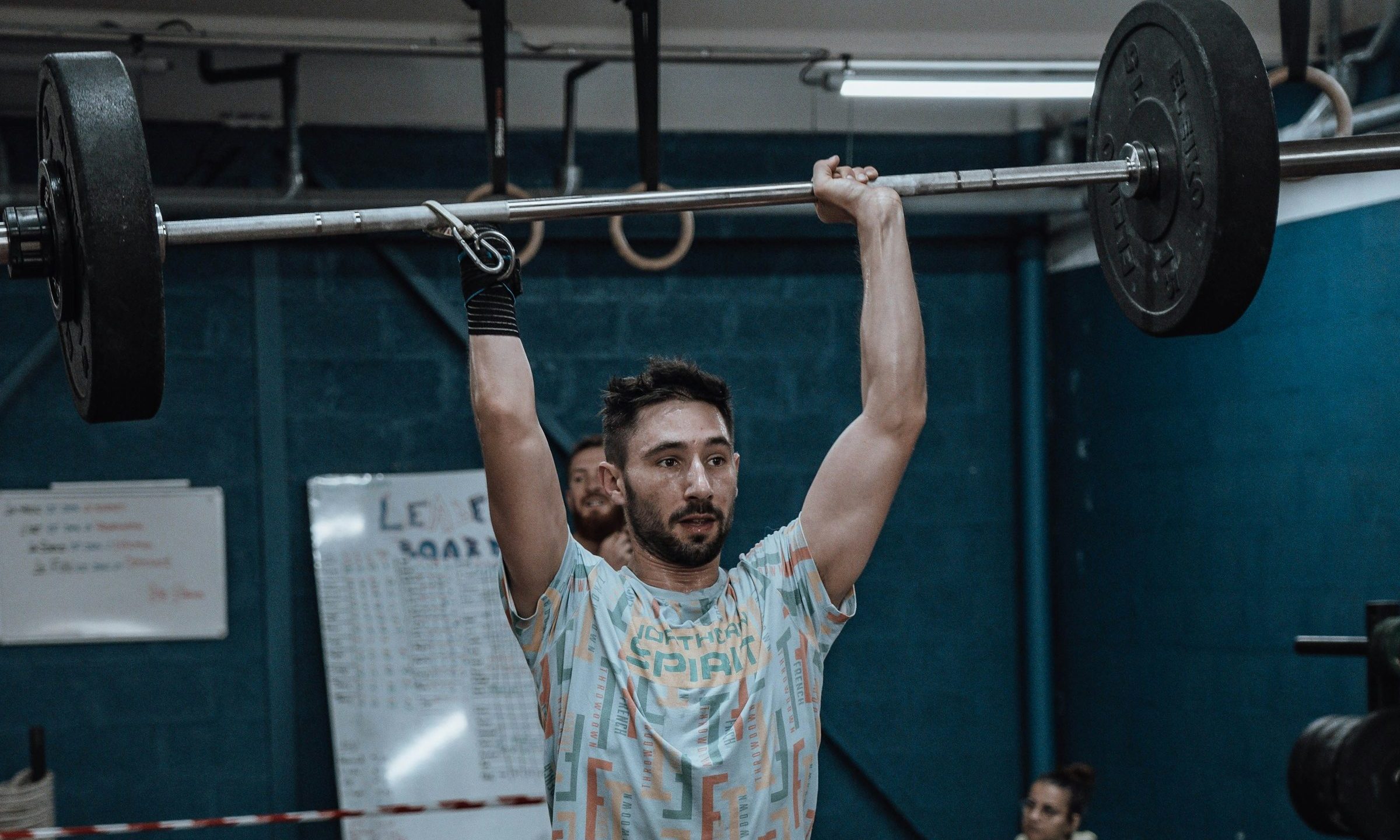
The military press is a compound weightlifting exercise and a variation of the overhead press that works your deltoid shoulder muscles, pecs in your chest, triceps in your upper arms, and your trapezius muscles in your back. Add this move to your upper body training days.
How to do the military press:
- Stand with your feet about shoulder-distance apart.
- Grip the barbell with your hands a little wider than shoulder-width apart and your palms facing down.
- Squeeze your shoulder blades, glutes, and abs. Your knees should be slightly bent.
- Lift the weight up to your shoulders and make sure your forearms are straight and perpendicular to the ground.
- Engage your core and push the barbell up vertically over your head, straightening your arms.
- Hold the position for a moment.
- Carefully lower the weight back down to your shoulders.
- Repeat until you complete the set.
Lunge
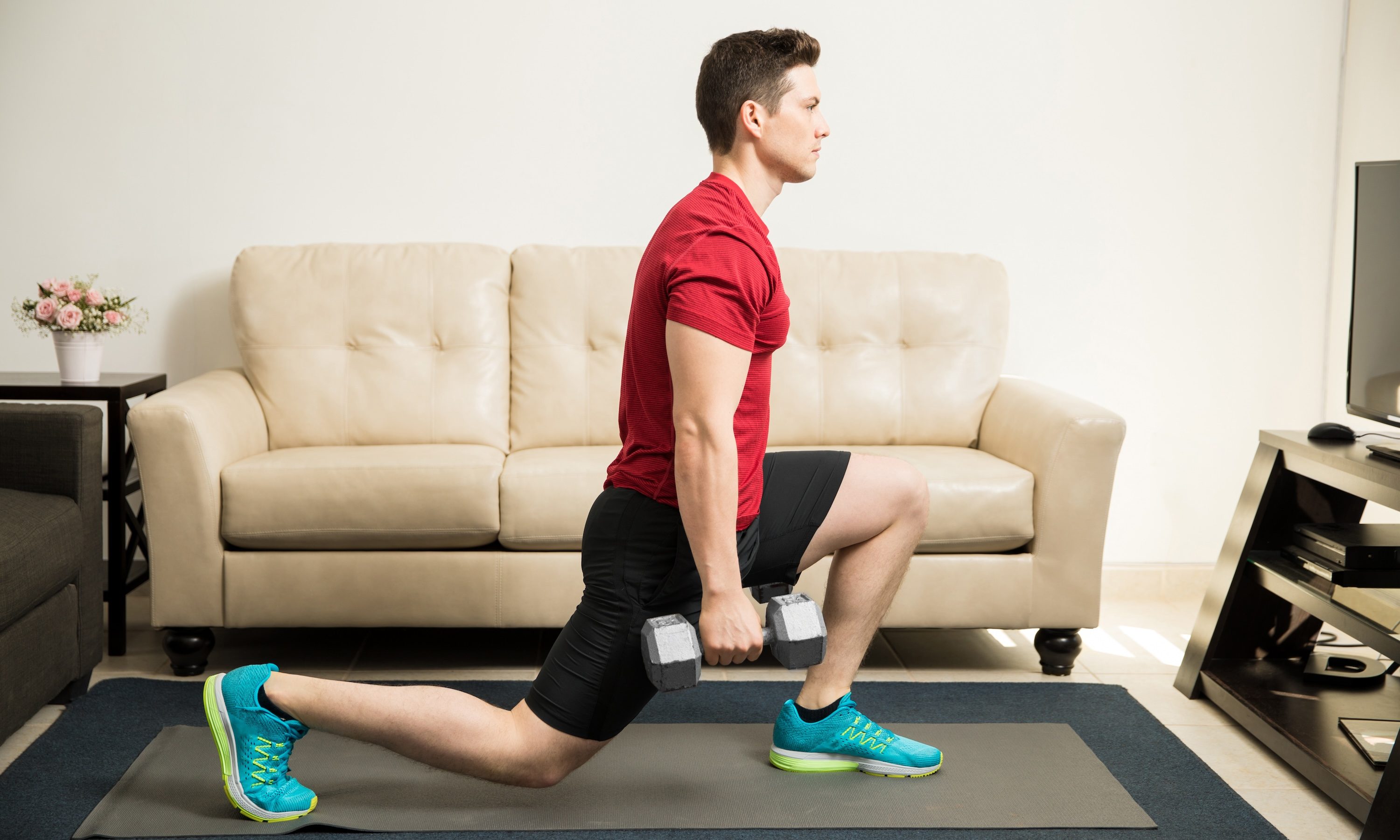
Lunges are harder than they look, especially once you start getting through a good few rounds and you start adding weights or experimenting with walking lunges. With dumbbell lunges, you hold the dumbbells down at your sides and lower your body weight down with one leg in front of you and the other behind you. Lunges work your calves, glutes, quads, and hamstrings, and they’re worthy of your lower body training day.
How to do a dumbbell lunge:
- Start standing up straight, holding a dumbbell in each hand with your arms down by your sides.
- Your palms should face your thighs, and your feet should be slightly less than shoulder-width apart.
- Keep your torso upright and take a big step forward with your right leg.
- Plant your right heel on the floor and bend your right knee.
- Lower your body until your right thigh is nearly parallel to the ground. Your back leg should be balanced on your toes with your knee bent and almost touching the floor in the lunge position.
- Hold the pose for a moment before stepping your right foot back to return to the starting position.
- Repeat the exercise with your other leg.
The dumbbell row
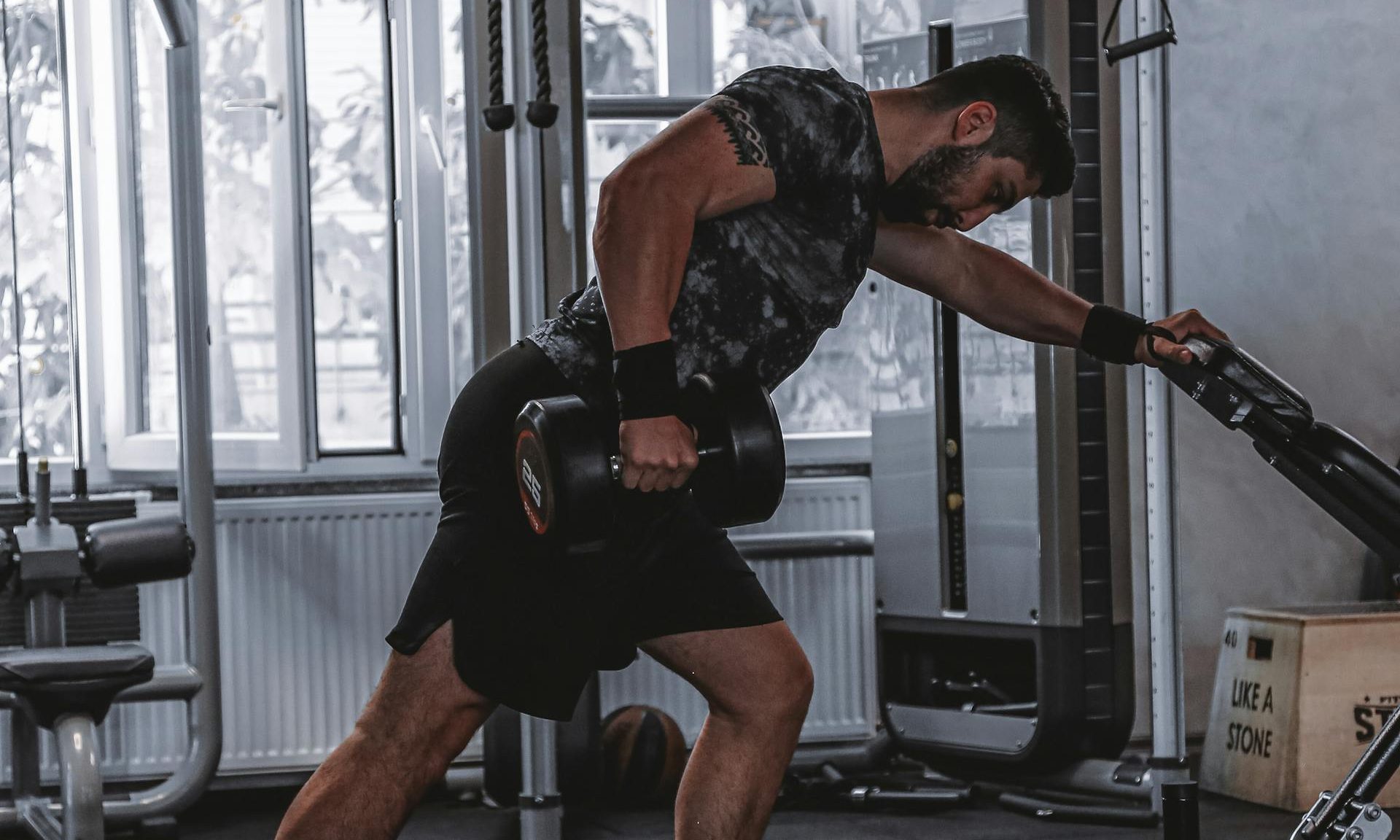
The dumbbell row is a compound pulling movement that lights up larger muscles in your back and arms, as well as your forearms, deltoids in your shoulders, and your core muscles, such as your obliques. Much of the movement is actually in your shoulder blades, and you can try this move with or without a bench.
How to do the one-arm dumbbell row:
- Start in a lunge position with your left foot forward and your right foot back.
- Hold the dumbbell in your right hand.
- Lift or pull the weight up to your chest, making sure your elbow is bent at a 90-degree angle.
- Try to engage your core throughout this movement.
- Lower the weight back down.
- Repeat until you complete the set.
Seated cable row
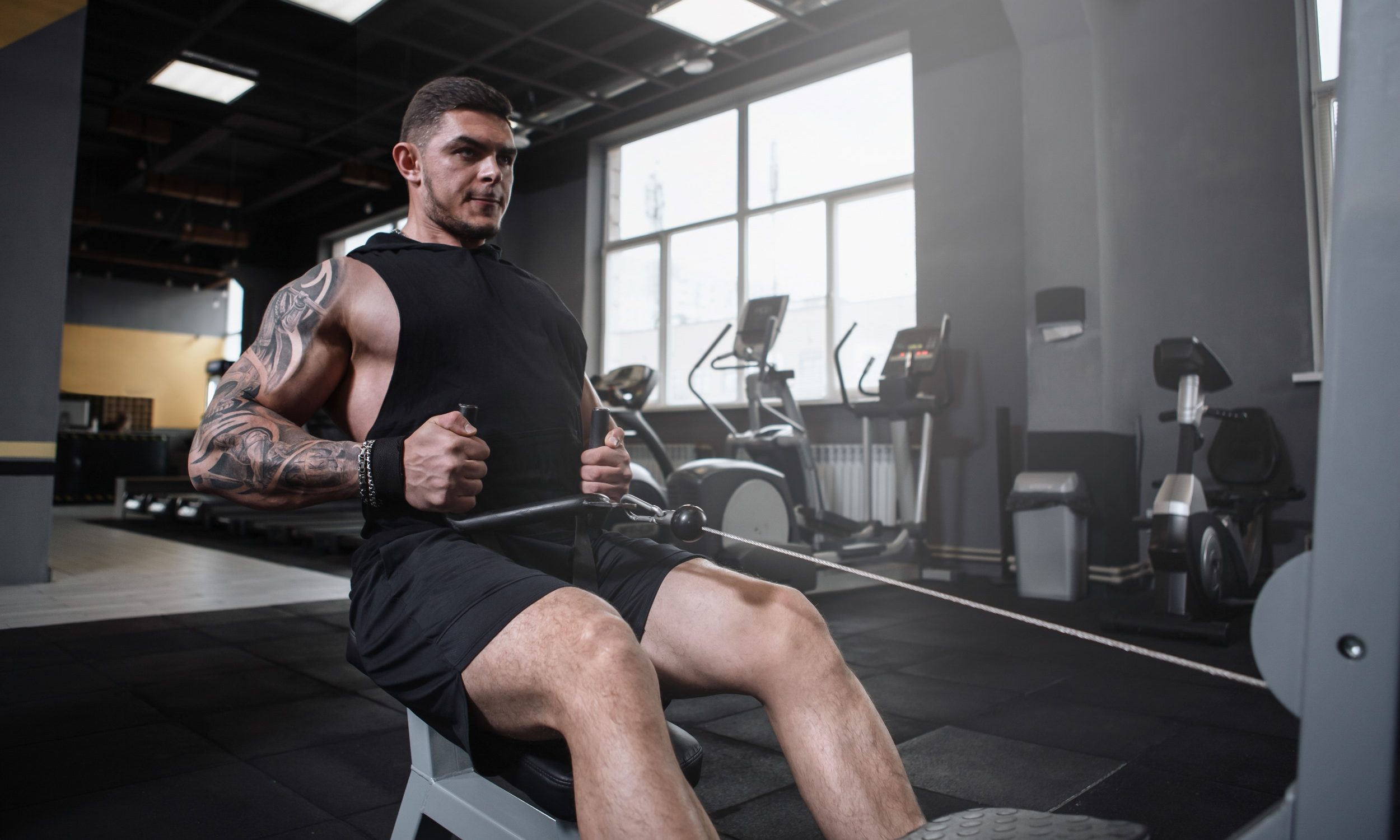
You’ll need a cable machine for this compound pulling exercise that works your back, forearms, biceps, triceps, and more. Your glutes and hamstrings also help stabilize you in the lunge position. Including this move in your routine enhances your throwing ability and strengthens your upper back muscles, which can help with back pain over time.
How to do the seated cable row:
- Start sitting on the bench facing the machine with your knees bent and your feet resting on the foot plates for stability. You can rest your feet firmly on the floor if there aren’t any foot plates.
- Hold on to the cable attachment that’s usually shaped like a triangle or a bar and begin with your arms extended straight out in front of you.
- Engage your core and row the cable and weight back toward your lower torso.
- Try to keep your back straight and squeeze your shoulder blades together as you row.
- Carefully return the handle back to the starting position.
- Repeat until you complete the set.
Additional compound exercises to try
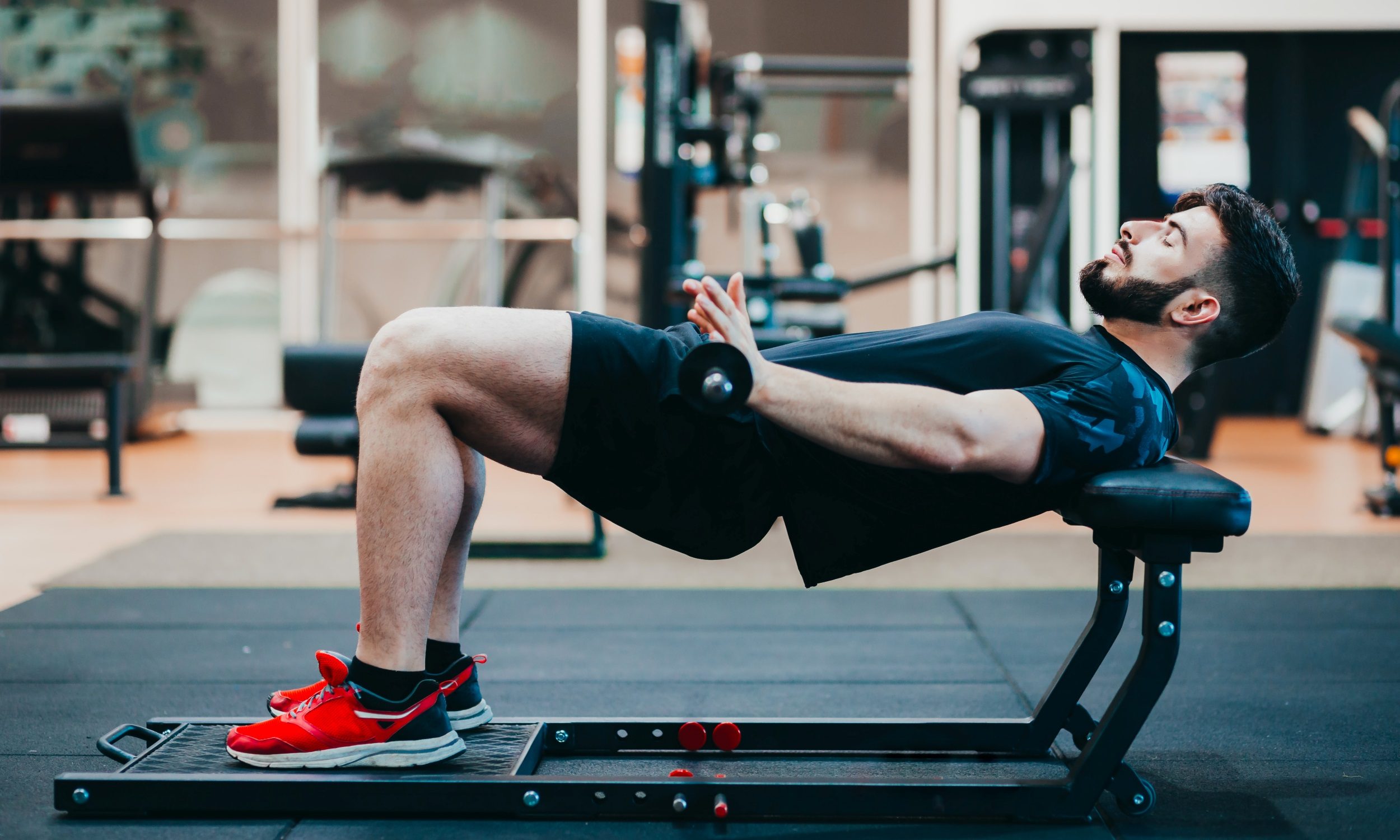
Here are some additional compound exercises to switch up your routine:
- Bench dips
- Push-ups
- Chin-ups
- Weighted step-ups
- Upright rows
- Dumbbell snatch
- Hip thrusts
- Bulgarian split squats
- Planks
- Renegade rows
What are the benefits of compound lifts?
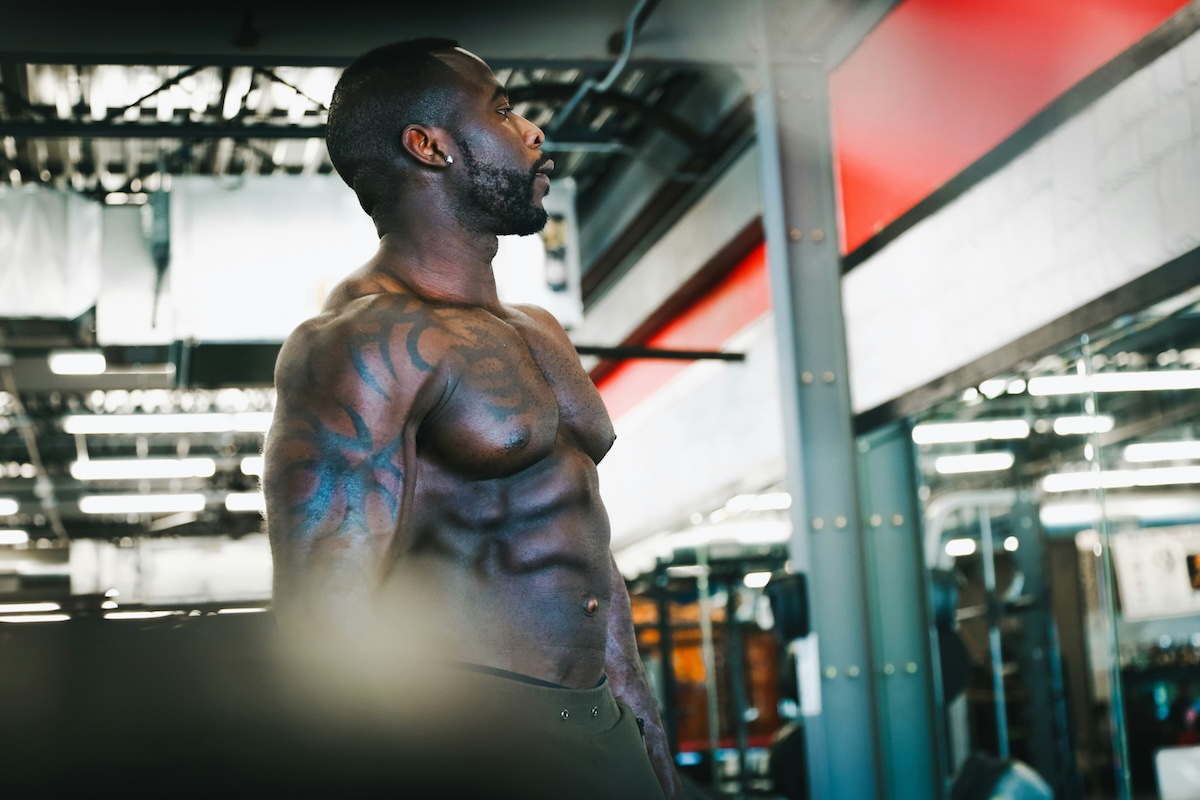
The following are some of the many benefits of compound lifts:
- Work multiple muscle groups for a more time-efficient workout. Make the most out of your time in the gym.
- Boost your overall strength and develop more well-rounded muscle power.
- Compound exercises are effective for promoting muscle growth, especially when combined with sufficient protein intake and progressive overload.
- Improve your functional strength.
- Because you’re using multiple muscle groups, you can typically lift heavier weights with compound lifts, as long as you’re still prioritizing proper form and not choosing an excessive load.
- Compound lifts can help you burn calories and get your heart rate up.
- Improve your mobility, balance, and coordination.
- Researchers found that doing compound exercises that target larger muscle groups before smaller muscle group movements significantly increases testosterone.
As fitness buffs like Sven Koch point out, you’ll typically burn more calories with compound exercises compared to isolation exercises; plus, you’ll enhance your cardiovascular fitness and intra-muscular coordination.
FAQS

Are there drawbacks to compound lifts?
There aren’t major drawbacks of compound lifts, but you’ll get maximal results from incorporating isolation and compound moves in your workout schedule. Isolation exercises work well for rehabilitation and zoning in on a specific muscle or muscle group. With compound moves, secondary muscles help take the load, and sometimes the muscle you’re trying to target doesn’t work as hard.
Can you build muscle using only compound lifts?
Yes, you can build muscle with compound lifts, but incorporating a mix of compound and isolation is best for a more balanced and engaging workout.
What are the “Big 5” compound lifts?

The “Big 5” compound lifts typically refer to the squat, bench press, deadlift, overhead press, and barbell row.
What’s the King of all compound lifts?
Many people refer to the deadlift as the “King of all lifts” because it’s a timeless classic powerlifting move that’s an excellent indicator of overall strength.
Should you do compound lifts every day?
Most fitness professionals recommend including a rest day or two in between sessions to give your muscles sufficient time to repair and recover.




